What Happens When You Push Ultralight Backpacking Too Far?
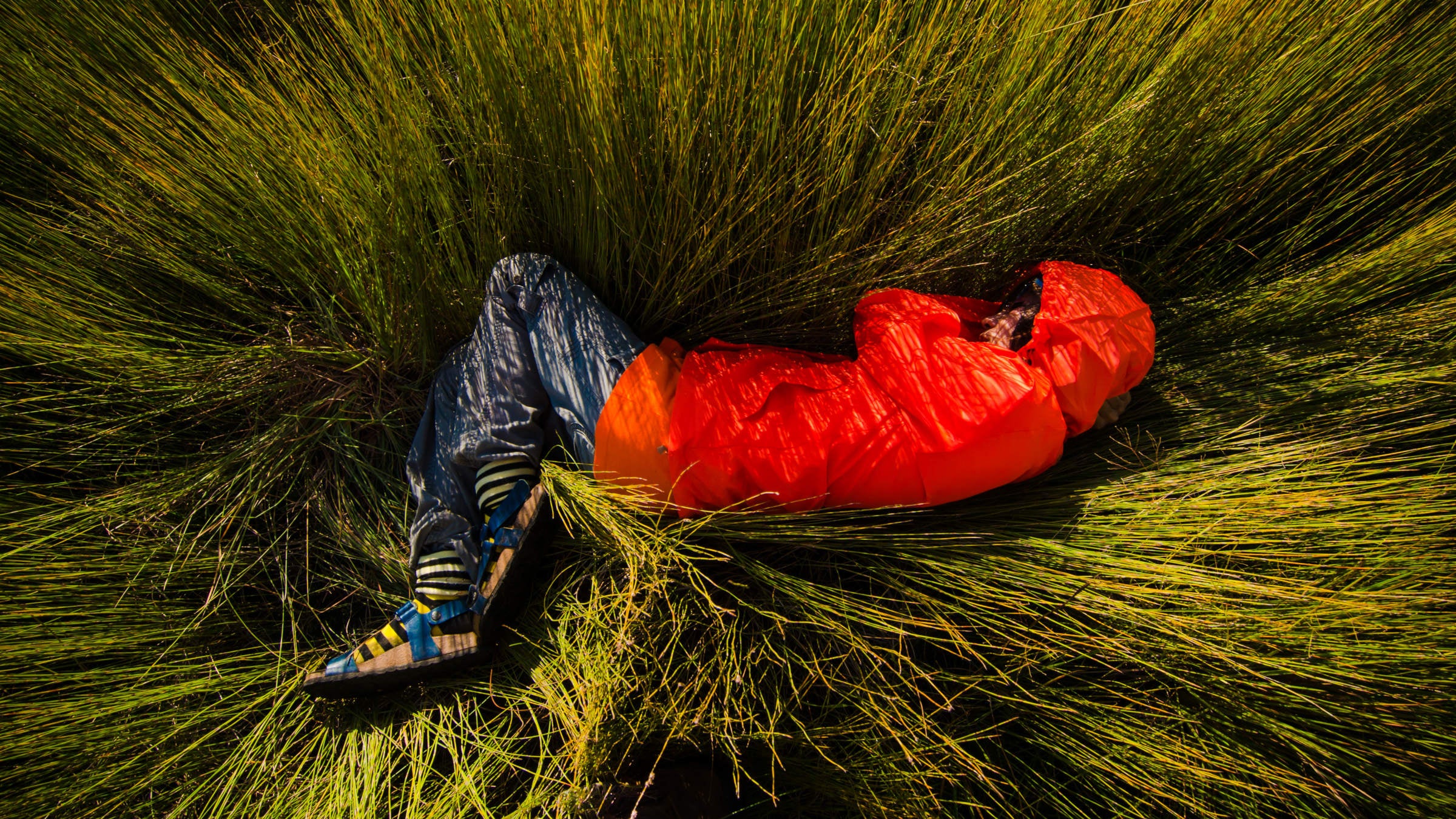
Hiker lying in grass (Photo: Khlongwangchao via Getty)
In 2023, Sam “Shade” Carter attempted a Calendar Year Triple Crown with an astonishingly low baseweight of just 2.67 pounds. He carried no tent, sleeping bag, pad, or stove. Instead, as our writer Grayson Haver Currin reported, every night, he’d dig a hole in the dirt so his hip wouldn’t dig into the ground, lay his tube-like plastic emergency bivy on top of it, and lie down to sleep. When the cold woke him up, he’d crawl inside; when the condensation from his breath left him wet, he’d turn it inside out. When he woke up wet again, he’d simply pack his gear, get up, and start walking, no matter the time.
When I first read that, I could almost feel the chill. I’ve tried sleeping in an emergency bivy sack while vagabonding around the western U.S. before. While I never pushed it as far as Shade, I distinctly remember waking up, turning my shelter inside out, and wiping off the tiny perspiration and breath droplets that had formed in the middle of the night. Today, with a full gear closet at my disposal, it’s not something I’d choose to try again.
We all know that cutting packweight is a tradeoff: You enjoy a featherweight, fleet-footed day on the trail in exchange for a less comfortable and sometimes colder night. It’s a trade that most of us are happy to make to an extent. But where does it become too much? We’ve collected four stories about pushing ultralight backpacking to an extreme, from Shade’s CYTC experiment to a Backpacker editor’s attempt to go on an overnight hike with only the gear in his pockets to an entire industry’s shift. Read on, and ponder where your line is —Adam Roy, Editor-in-Chief
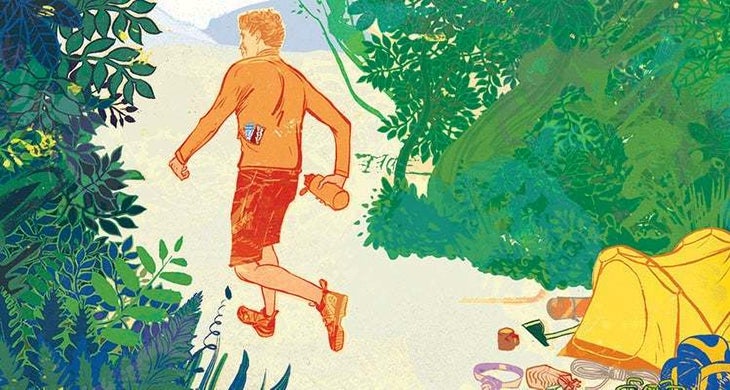
Can You Go Backpacking With No Gear At All?
How light can you go? That was the question former Backpacker Editor-in-Chief Dennis Lewon was asking himself when he decided to head out on a summer overnight on the Appalachian Trail in Pennsylvania sans, well, everything. “If I intended to make a meaningful dent in my load, I’d have to consider the big stuff,” he recalls thinking. His final list: “Granola bars, a headlamp, a small water bottle, water-treatment tabs, a flask (some things are sacred), and a sandwich bag of dog food,” all stuffed in his pockets. Find out how it went in this first-person essay.
Similar Reads
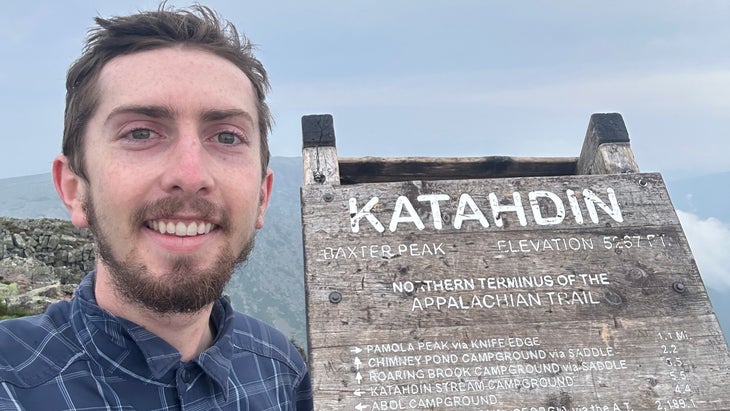
This Hiker Attempted the Triple Crown With Less Than 3 Pounds of Gear. Impressive or Dangerous?
A summer overnight is one thing, but trying to do the Calendar Year Triple Crown with next to no gear is a whole different beast. That’s Sam “Shade” Carter’s story: After injuring his toe on the Appalachian Trail, he started shedding poundage in an attempt to take the weight off his feet. By the time he reached the end of the AT, he was sleeping in an emergency bivy with no pad or bag, and eating only what he could fit in the dead space of his running vest. At a baseweight of under 3 pounds, he carried less weight in his pack that many people spend on their luxury items. But when all that stands between you and the mountain weather is a thin layer of polyethylene, you’ll never be more than a hair’s breadth from danger.
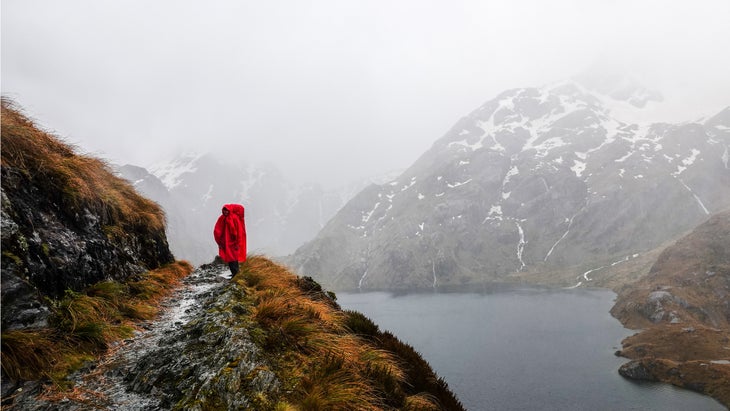
Is the Uberlight Gear Experiment Over?
Ultralight gear has gone mainstream, with major players like REI marketing their own lightweight packs and trekking pole tents. But in many cases, it’s also not getting that much lighter: Where half-pads and alcohol stoves were in vogue fifteen years ago, today’s ultralight gear is trending more durable and feature-rich. “Does that mean we’ve moved beyond the uberlight experiment? I think so,” wrote Nathan Pipenberg in this look at current trends in lightweight gear. “The industry has shifted in a way that mirrors the average ultralight hiker’s own experience dialing in their kit.”
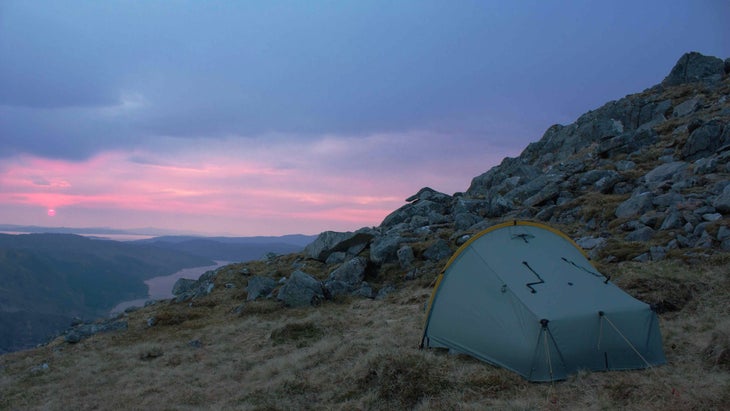
My Ultralight Backpacking Setup Weighed Almost Nothing—and it Was Miserable to Use
After a thru-hike of the Appalachian Trail, Maggie Slepian spent months and hundreds of dollars fine-tuning her backpacking setup to be lighter and take up less space. All it took was one trip with that new kit to convince her that she hated it. “The bottom line was that it didn’t work for me. I am not setting speed records and I’m not a fastpacker,” she wrote. “I am a very average hiker who doesn’t like to carry too much, but enjoys being comfortable at camp.” Thinking of slashing your packweight? Take this in before you pull out your credit card.


